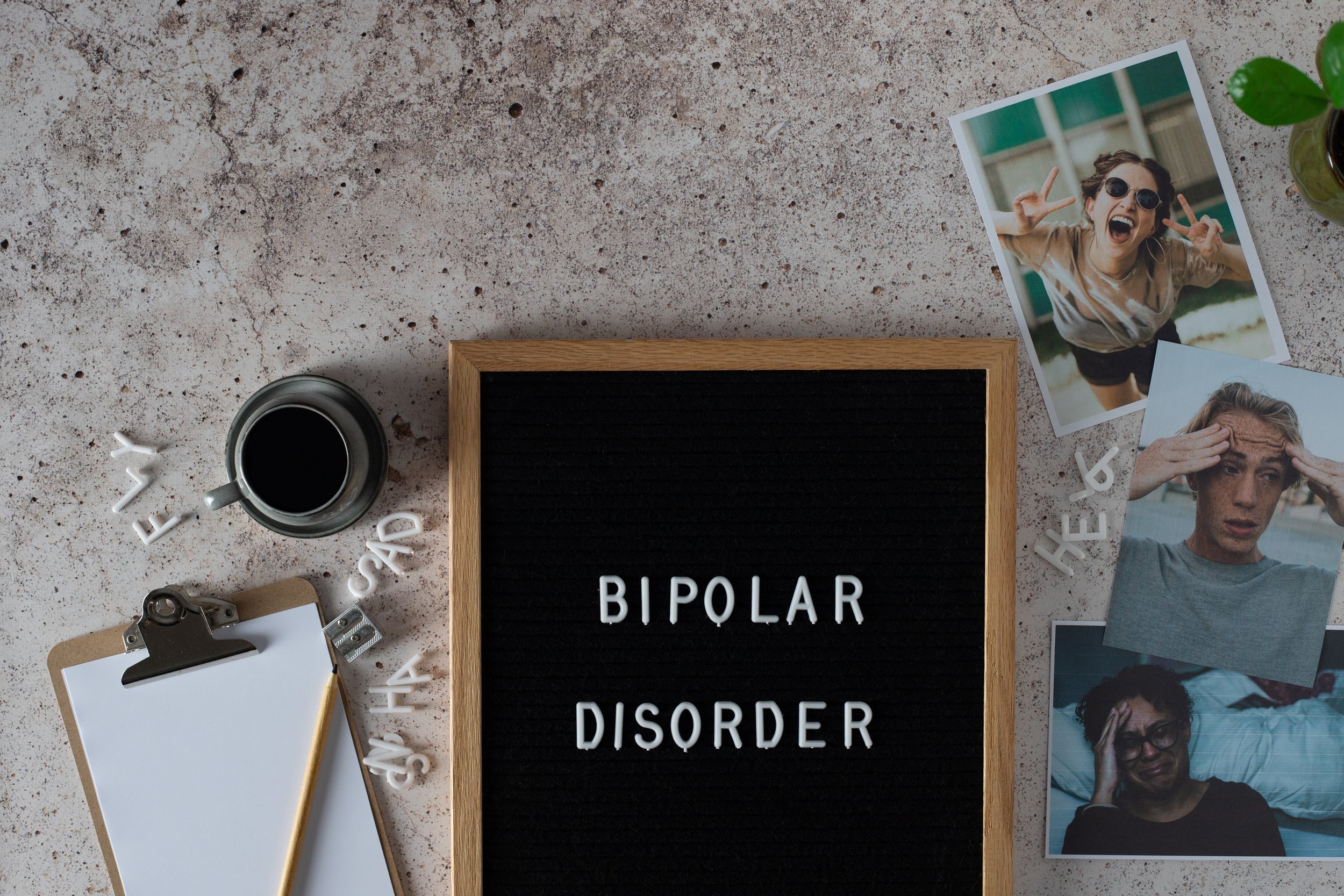At one point or another, all of us must have come across the word depression. In today’s world we see this term being thrown around across media, at times describing actors, influencers, and even characters in films or television shows. However, how many of us have heard the word bipolar?
Bipolar is not a common word used in everyday life, and most people are unaware of its definition. Bipolar depression, as the word suggests, has two parts to the spectrum. On one hand, there are depressive episodes which are characterized by the loss of interest in daily activities, feeling hopeless, worthless and suicidal. While on the other hand of bipolar disorder there are manic episodes. These may consist of having a lot of energy, unusual talkativeness, racing thoughts, distractibility, loss of sleep and appetite, feeling self- important, etc. Bipolar is a complex disorder and hence there are different types of bipolar disorders characterized in terms of the manic and the depressive phases.
Bipolar 1 Disorder is when a person has had at least one week of mania along with depressive episodes.
Bipolar II Disorder is when a person has had at least one episode of major depression and at least one hypomanic episode.
Cyclothymic Disorder is when there are many periods of hypomania symptoms and depressive symptoms in a span of two years (and one year for children and teenagers).
If you are still wondering what bipolar episodes are like, Life Is What You Make It is a novel written by Preeti Shenoy where the protagonist is diagnosed with bipolar disorder. During her mania phase she has a lot of energy and is able to concentrate for long periods of time on her studies to the extent that she writes precise notes for her classmates which accurately predicts the questions of the forthcoming exams. Another symptom shown in the mania phase is that she hardly sleeps as she is full of energy and her mind is racing. In addition, she also has a burst of energy to go running.
There are various types of therapy that are available for bipolar disorder one of them being cognitive behaviour therapy (CBT).Cognitive Behaviour Therapy has proven to be very effective for depression including those suffering from bipolar disorder. CBT looks at how an individual’s thoughts affect their feelings and behaviour and how one can identifty negative thinking patterns and challenge them in order to reduce these negative thoughts and feelings. In bipolar disorders, CBT also looks at how individuals can do activities they enjoy while they are depressed and placing a limit to the engagmenent of the activities when they are in the manic phase.
Family- focused therapy is another therapy that is being used for Bipolar Disorder. It usually lasts for 12 sessions and in this the family is educated about the disorder including the symptoms, what one can do to lessen its negative impacts. Communication skills and problem solving skills are also talked about in order to deal with family conflicts and one can cope with it in that those situations.
Importance of Professional Counseling: A friend or family member may listen to you, but they aren’t professionally, technically qualified or experienced to offer you professional advice. If you wish you can contact us at MindTribe to receive help from our team of expert psychologists.
About MindTribe.in.
MindTribe Founder Dr. Prerna Kohli, India’s eminent psychologist, established the company to leverage the strength of the online to make counseling affordable and accessible to everyone. MindTribe provides counseling, workshops, support groups, forums, and eLearning.
About the Author.
Pooja Yadav is a psychologist at MindTribe.in.
Disclaimer: The views and opinions expressed in this article are those of the author and do not necessarily reflect the official policy or position of MindTribe.in, the Founders, or management team.
Acknowledgement: All images used are open source and from Unsplash.

